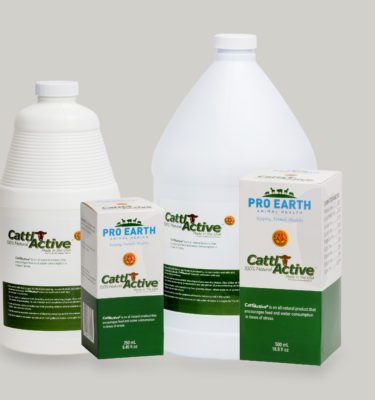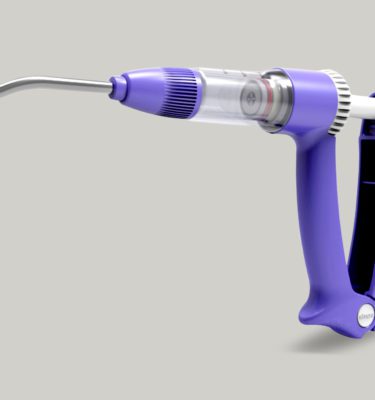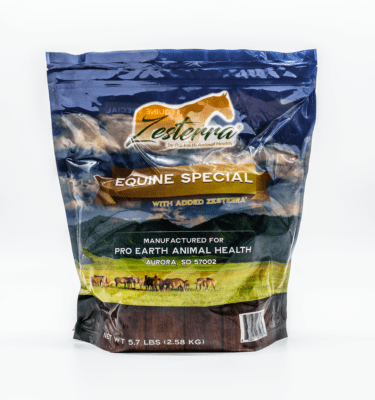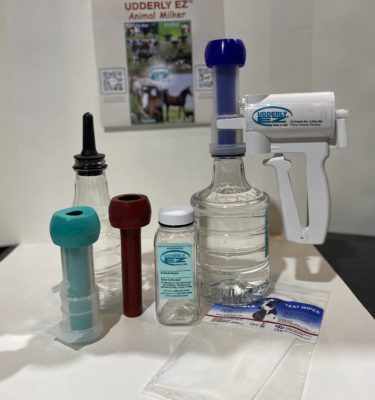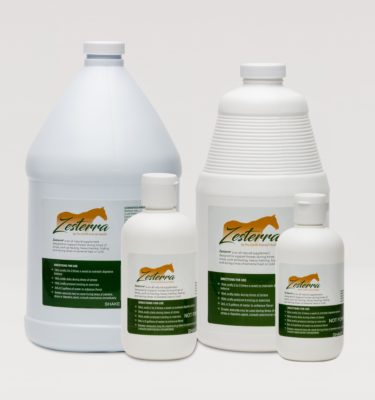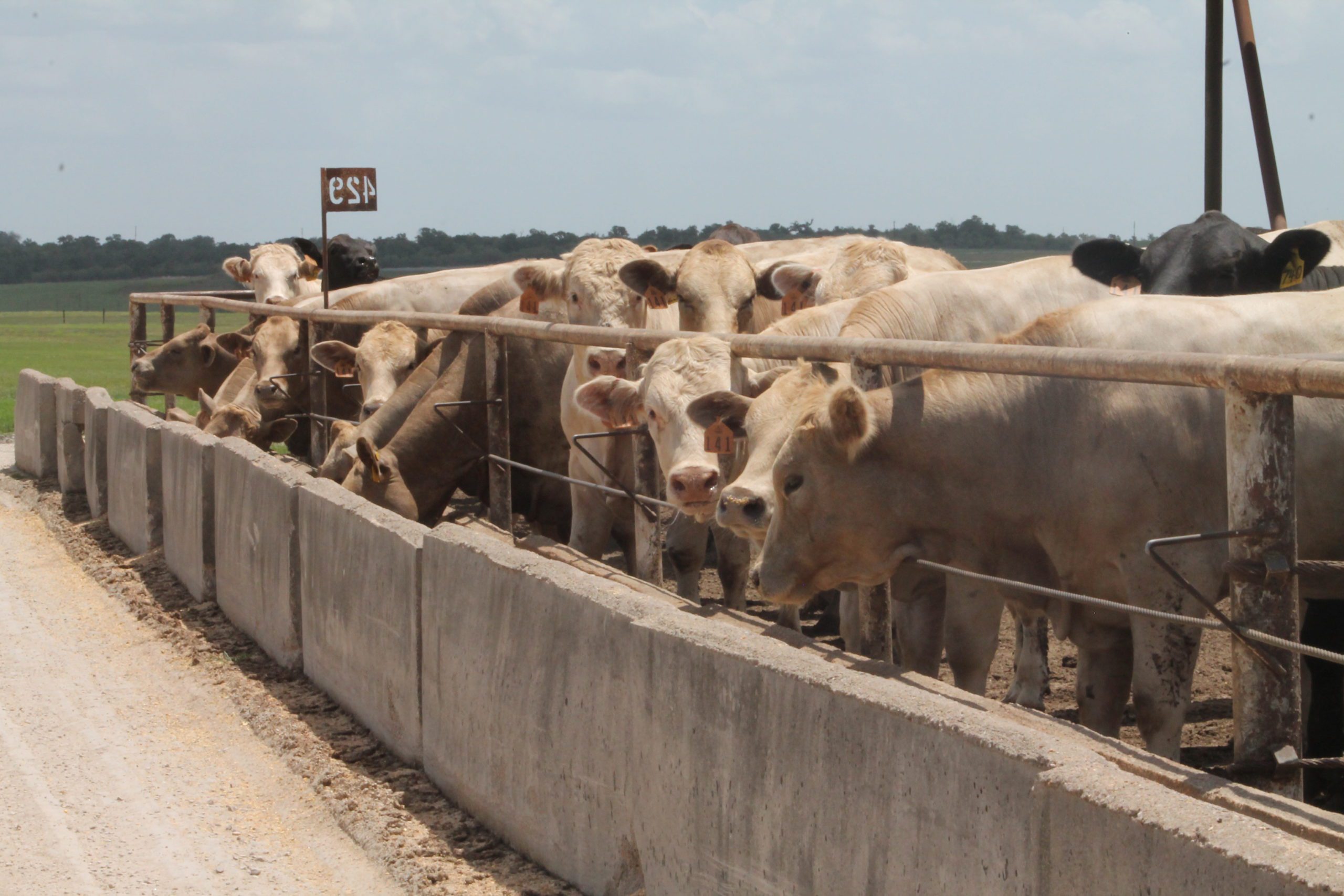
Prebiotics are an important part of the digestive cycle and especially for mammals. Although much research has been conducted on the importance of probiotics, it’s only been in recent years that the role of prebiotics has been closely examined and studied.
Not to be confused with probiotics, prebiotics support the health and continued growth of the beneficial microbes that make up prebiotics.
These findings have led to a major change in the way prebiotics and probiotics are being used in the cattle producer’s operation to help minimize the need for antibiotics while increasing gains.
Definition of Prebiotics
Prebiotics are feed ingredients that are not digestible or only partially digestible. They provide colonies of beneficial bacteria in the gut with “food” so they can continue to flourish. This, in turn, works to maintain a balanced digestive microbiota.
In specific, cattle benefit from the undigestible sugars that are often found in fibrous plant material. Most feedstuffs contain at least a small amount of prebiotic material. Prebiotics can be found naturally at some level in almost any feed.
This includes grass and other forage, grains, and formulated concentrated feeds. Some products on the market even add specialized blends of prebiotics.
How Do Prebiotics Work?
When a cow consumes feed, the rumen works to break it down more and more as it moves sequentially through each stomach chamber. In this way, the feed it is eating has the highest chance of being gleaned of nutrients for the cow’s utilization.
By the time this digesta reaches the intestinal tract nearly all of the nutrient-containing components have been extracted, allowing for the final stages of digestion and absorption into the body. The only exception to this is the undigestible matter that remains unprocessed. Much of this matter serves as a prebiotic.
Once these prebiotics reach the intestinal tract they begin to ferment, where they produce volatile fatty acids such as butyric acid. The beneficial bacteria in the gut thrive on these volatile fatty acids (VFAs), which in turn allows them to grow more robust and increase their numbers.
What Is the Most Common Source of Prebiotics in the Bovine Diet?
In an unenhanced diet (i.e. feedstuffs that have not been seeded with prebiotics), the most plentiful source or prebiotics comes from plant material such as hay or alfalfa. The undigestible fiber and other components in this roughage provide an excellent source of prebiotic material.
This is, in part, why cattle that are on a concentrated feed diet may be more prone to experiencing intestinal microbial imbalances.
To counter this issue with concentrated feeds, many companies are now offering diets using a wide variety of prebiotics. Perhaps the most widely known of these are mannan oligosaccharides (MOS).
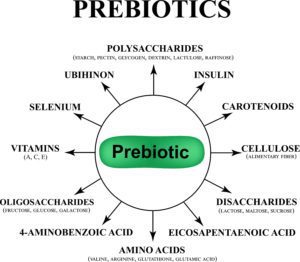 MOS are highly beneficial for attracting and carrying harmful pathogens from the gut. They work by drawing in bad bacteria with a sugar known as mannose. These bacteria cannot derive energy from the sugar but do stick to it. They are then carried from the animal’s system without managing to infect it or further populate the gut.
MOS are highly beneficial for attracting and carrying harmful pathogens from the gut. They work by drawing in bad bacteria with a sugar known as mannose. These bacteria cannot derive energy from the sugar but do stick to it. They are then carried from the animal’s system without managing to infect it or further populate the gut.
Other prebiotics that have also shown to be valuable in developing a healthy digestive system include fructooligosaccharides and beta glucan.
Why Are Prebiotics Necessary?
The health of the digestive system and gut microbiota (as discussed in the first installment) is dependent upon the balance of microbes inhabiting the intestines.
Every animal has a different microbial makeup that forms their own individual microbiome. Despite this, there is one fact that is the same across the board – there must be a much higher level of beneficial microbes than commensal or pathogenic.
Prebiotics feed the beneficial bacteria that line the gut walls. They are responsible for helping further digest food, increase nutrient absorption and keep the pathogenic microbes at manageable numbers. They also provide a sort of “buffer” that prevents toxins from passing through the intestinal walls and into the bloodstream.
When enough prebiotics are not being introduced into the digestive system, the beneficial microbes don’t have access to the needed “food” that keeps them functioning and multiplying. As they “starve” they begin to die off in increasingly larger numbers.
As this die-off occurs, acid-producing harmful bacteria are able to establish themselves in larger numbers on the gut walls.
Once too much of the beneficial microbe population has been destroyed, it’s difficult to get the balance back where it belongs.
How Can Prebiotics Help?
In animals with a healthy gut microbiota, keeping an adequate level of prebiotics in the diet will help maintain the status quo. However, for those animals that have a compromised digestive system, prebiotics may be the key to giving them an honest chance at becoming healthy.
It has been found that calves that receive adequate prebiotics both pre and post-weaning tend to have greater gains. This is due to increased nutrient absorption.
A popular remedy for calves that are poor doers is to administer lactulose, a synthetic disaccharide. Studies have found that calves that have been given this course of therapy frequently develop strong immune systems and are able to overcome some of the issues associated with premature birth.
Additionally, prebiotics increase the body’s ability to rid itself of waste and toxins by increasing stool size, moisture content and composition. Both constipation and diarrhea can be devastating conditions for the young calf.
In Conclusion
Prebiotics are an absolutely necessary aspect of maintaining a healthy microbiome. The gut’s ability to function optimally depends on two main things – how strong the beneficial microbial population is and whether or not the pH is properly balanced.
Both of these functions depend on the presence of adequate amounts of prebiotics to support the digestive system.
SOURCES:
https://www.ncbi.nlm.nih.gov/pmc/articles/PMC4462921/
http://ijlr.org/issue/prebiotics-new-feed-supplement-dairy-calf/
http://www.credenceresearch.com/press/global-prebiotics-in-animal-feed-market
http://feedlotmagazine.com/benefits-of-using-probiotics-prebiotics-in-cattle-feed/
Related Posts
Herd Handling Techniques and Their Effects on the Immune System
Stress and Cortisol Can Undermine Your Herd Vaccination Programs


